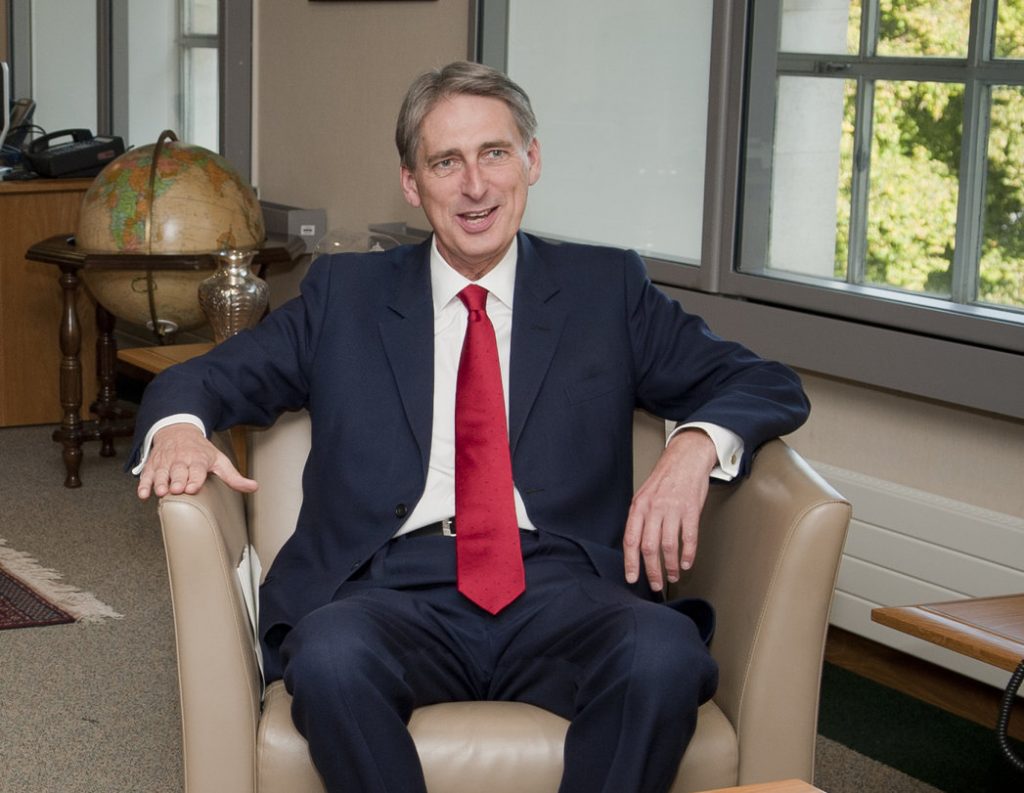Along comes March 13 2018, and with Spring comes a new form of commentary by the Chancellor on the state of UK Plc. There was an obvious spring in this statement, driven by the slightly faster growth rate of the UK economy. There are perhaps two points to consider from the Spring statement.
The first is to beware of economists, civil servants and politicians; and of anyone who tries to forecast the future. The one certainty is that the forecast will be wrong or so banal as to be meaningless. The slight revision to the November 2017 forecast is only a slight revision. There is also no certainty that another revision might not occur that might shift the growth rate up again or revise it downwards.
Secondly, forecasts try to look forward by looking backwards. This is a very difficult exercise and often produces distortions or forecasts that don’t reflect actualities. The key challenge is that the economy is in a continual state of becoming or evolution as new firms, economic activities and business models emerge. All this newness is difficult to predict and will distort all economic forecasts. Some of the difficulties are hinted at in the Chancellor’s listing of a series of consultations on the development of future policies. These include taxation that is trying to resonate with the anti-plastic moment that has emerged in British society and politics, but also a concern with the taxation of business models based on digital platforms and online sales. Nevertheless, the Chancellor needs to act with care as there is a real danger that taxation innovations developed and implemented by one country will alter the unfolding geography of globalisation. In other words, activity will move away from the UK. Taxation policy needs to enable, rather than act as a barrier to, business and this is especially the case as the UK transitions into a post-Brexit place in the unfolding global economy.
I am not sure why Philip Hammond self-identifies with Tigger. Tigger is a fictional character and any suggestion of fiction and the nation’s finances is perhaps best avoided. What do we know about Tiggers? The key point is that “bouncing is what Tiggers do best”. Perhaps this is a good definition of the Chancellor’s role as a key element is to encourage confidence in the UK economy. Nevertheless, there is another aspect to the fictional Tigger that is best overlooked. This is that he became an older sibling-style character to little Roo, but the difficulty is that Roo’s mother treated Tigger in the same way as Roo. This raises an interesting question – who takes the roles of Roo and Kanga to Hammond’s new role as Tigger?
This blog was written by Professor John Bryson, City-REDI, Professor of Enterprise and Economic Geography, University of Birmingham
Disclaimer:
The views expressed in this analysis post are those of the authors and not necessarily those of City-REDI or the University of Birmingham
To sign up for our blog mailing list, please click here.

